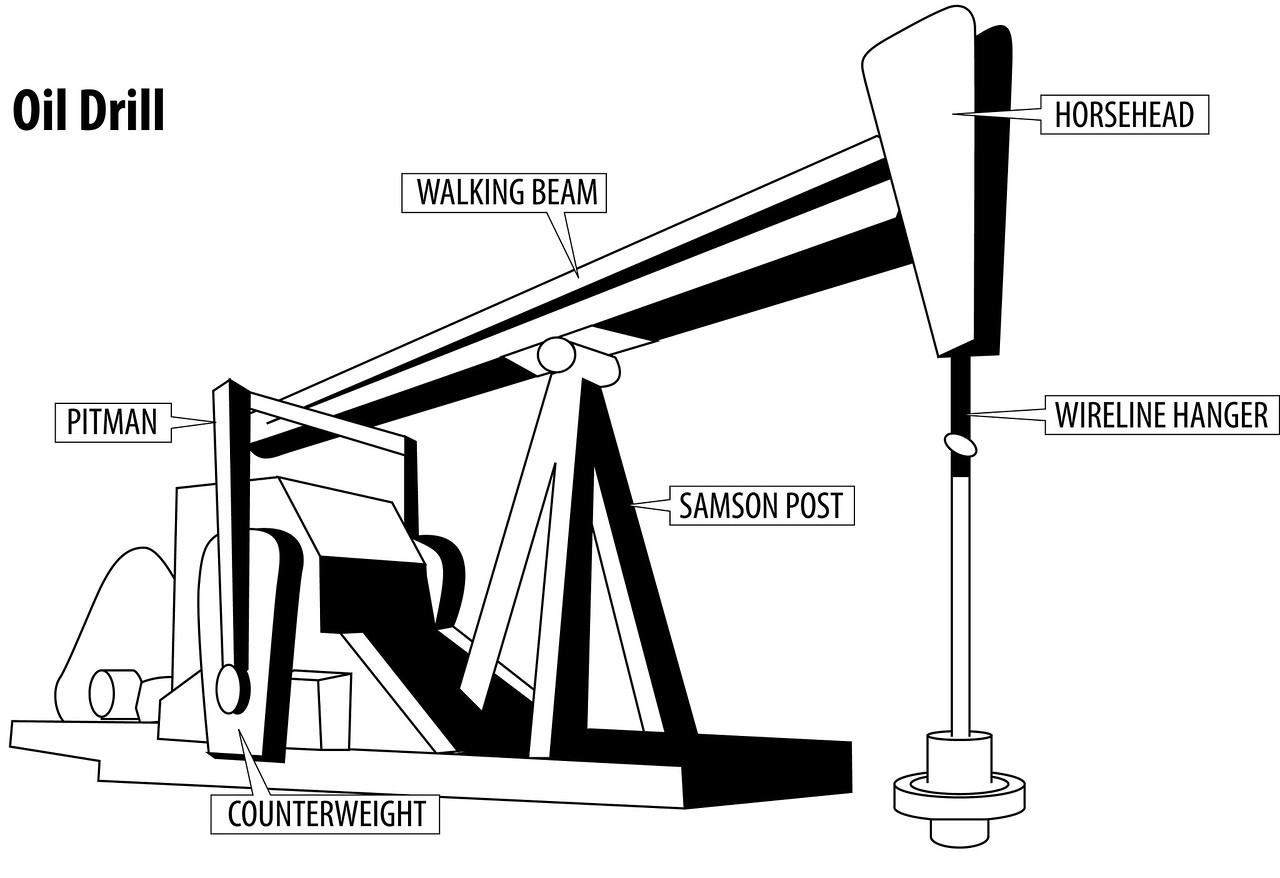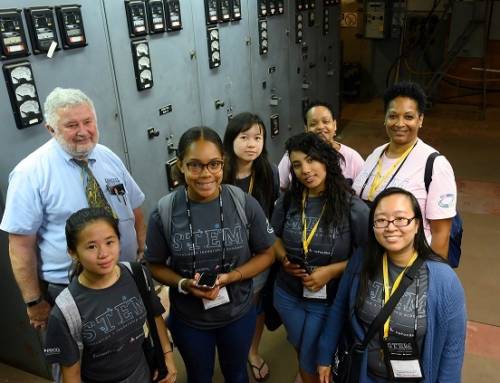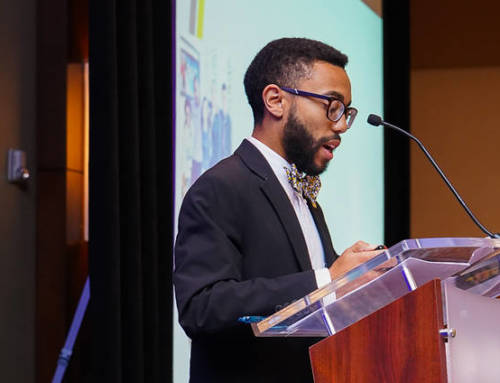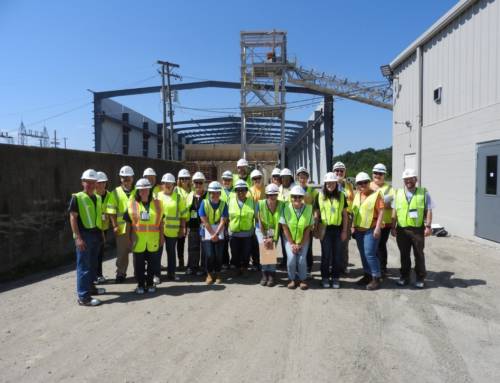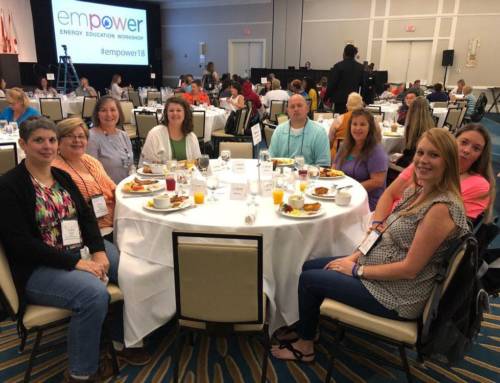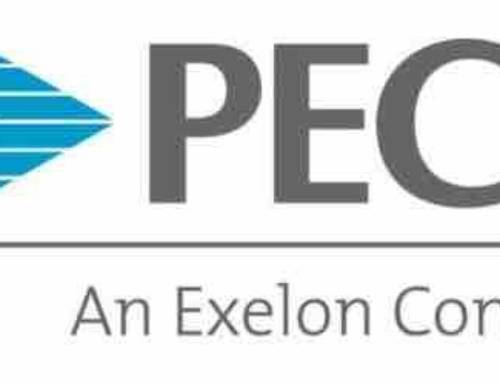What do playgrounds, oil and natural gas fields, and unfortunately emergency rooms have in common?
Kids playing! Injuries can occur in even the safest environments, but all adults would agree that children playing on and around equipment where high pressures and temperatures exist is a really bad idea. To help cultivate a community where safety is a part of everyday living, Paula Barnett, Senior Director, Government and Public Affairs for BP America, and NEED have partnered to develop a program educating elementary-aged children about safe behavior around oil and gas equipment. This program is aimed at those kids who are growing up in areas where oil and gas development is up close and personal. Think shopping mall parking lots or athletic fields or just down the street from a school.
Because this program is intended to foster life-long behaviors, we chose a method of instruction that works toward instilling personal ownership of safe conduct around well sites called Challenge-Based-Learning (CBL) developed by Apple (yes, that would be the Steve Jobs Apple). The CBL approach presents a problem, the “challenge,” to students, and then provides them with the resources needed to develop and implement a solution to the challenge. The two-year pilot began in August of last year. As part of that pilot, 20 NEED facilitators were brought together for an intense training in CBL and understanding the anatomy of an oil and gas well site.
The week started just outside of Albuquerque with Ken Tuley from Apple, who explained the challenge-based model and demonstrated several applications that can make the CBL approach more user-friendly. Working in groups, participants developed a hypothetical challenge and used those applications to present their solutions to each other. It was somewhat amusing to observe “technological dinosaurs” trying to do things on an iPad that kids can do quickly and easily! Everyone learned a lot about using technology to solve a problem, and how kids can develop their own solutions to a challenge placed before them.
After a couple of days in Albuquerque it was time to move on to the San Juan College School of Energy in Farmington, New Mexico, where professionals in the oil and gas industry have developed a rigorous oil and gas production training program. Seven days’ of instruction were distilled into three 8-hour training sessions, with hands-on activities, computer simulations, and field experiences interacting with real natural gas production equipment. There is a lot to know about producing oil and natural gas!
Playgrounds often have equipment to ride upon, wheels and levers to turn, and other metallic parts to climb all over. In fact, many of the objects found in playgrounds are very similar to those found in oil and gas production equipment, which can be enticing to children. However, what they often don’t know is the danger involved in playing at these sites: Pressurized gas, high temperatures, heavy equipment that starts and stops without warning, and even unintended exposure to petroleum and natural gas can all occur. Gas and oil fields are safe when approached with knowledge and respect, but are certainly not places for children to congregate and play.
By working together, BP and NEED will help children learn why these facilities are off-limits, and cultivate an atmosphere of respect and safe behavior around an oil and gas well site. As adults and educators living and working in an active oil and gas developing community, we all have a vested interest in making sure our kids know the facts about what they see, experience and grow up with every day. Learning safe behaviors around an oil and gas well site is no different.
